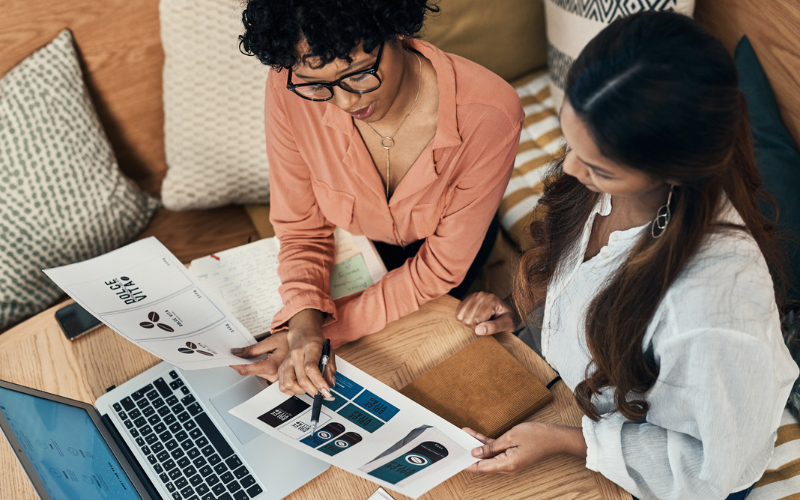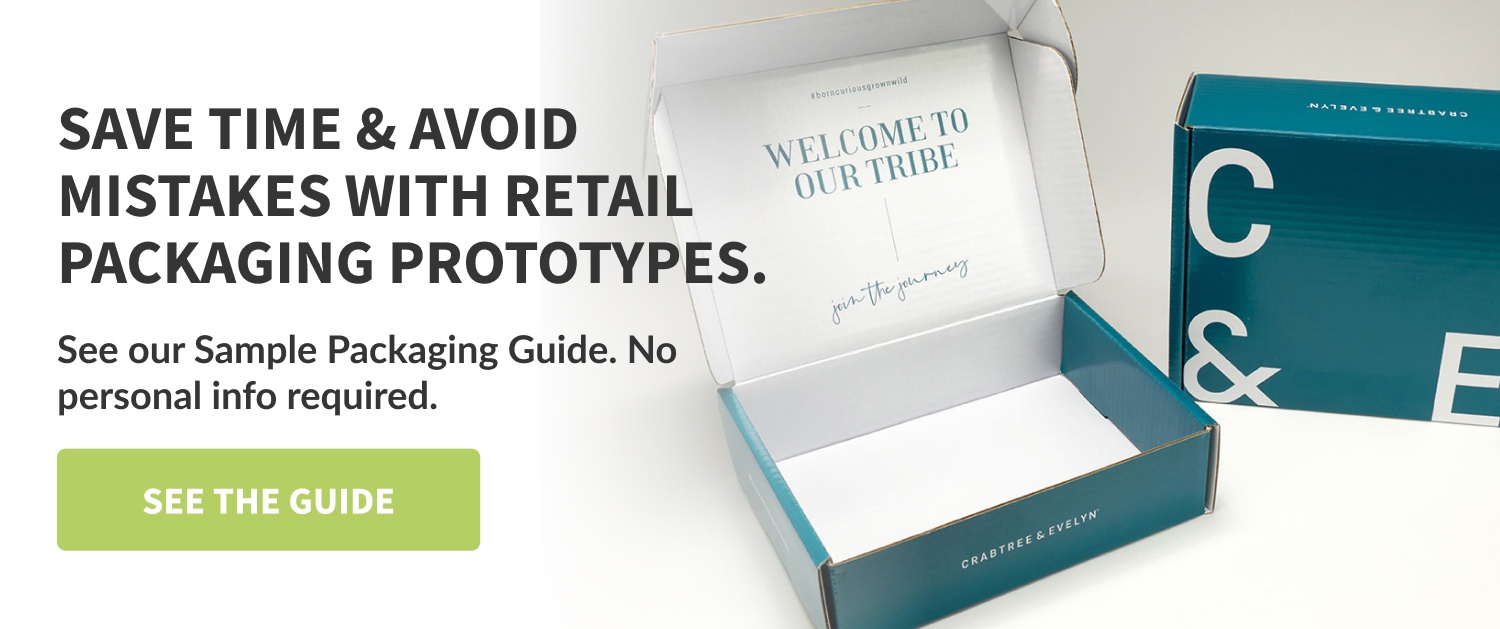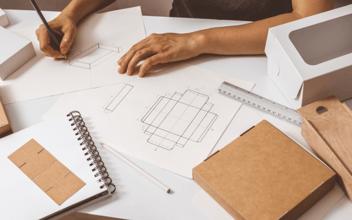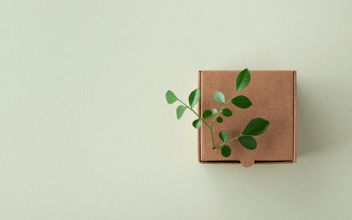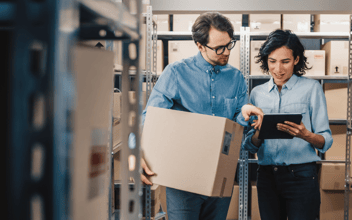Packaging Price Mastery: How Designers Maximize Impact Without Breaking the Bank
In today's competitive marketplace, packaging plays a critical role in capturing consumer attention and influencing purchase decisions. The design and engineering of packaging are essential factors that can make or break a product's success. However, finding the balance between creating impactful packaging and keeping costs in check can be a challenging task.
In this article, we explore the concept of packaging price mastery and uncover strategies that your packaging designer can (and should) employ to maximize packaging impact without breaking the bank.
Understand the Target Market and Product Requirements
Effective packaging design begins with a deep understanding of the target market and product requirements. By thoroughly researching the target audience, you and your package designer can gain valuable insights into their preferences, needs, and purchasing behavior. This knowledge helps in crafting packaging that resonates with consumers and enhances the product's appeal from the get-go without too much trial and error.
Understanding your product's specific requirements is crucial for cost-effective packaging design—and this is where a packaging engineer comes in. A packaging engineer should consider factors like product fragility, shelf life, transportation needs, and regulatory compliance. By aligning packaging design with these requirements, designers and engineers can optimize materials and structural elements to minimize costs while still ensuring product protection and functionality. Choosing a packaging partner with in-house design and engineering services can help foster this alignment throughout the process with a quick turnaround.
Simplify Packaging Design
In the pursuit of impactful packaging, designers could overcomplicate the design, leading to higher production costs. Simplifying the packaging design not only helps reduce material and manufacturing costs—it also creates a clean and visually appealing aesthetic.
Consider minimalist designs that focus on key brand elements and product information. Streamlining graphics, reducing the number of colors, and eliminating unnecessary embellishments can result in cost savings without compromising visual impact. The use of negative space can also enhance the overall design while reducing material usage.
Optimize Material Selection
Careful selection of packaging materials will help achieve cost-effective design without compromising quality. Designers should explore various material options that strike a balance between functionality, aesthetics, and cost efficiency.
Consider lightweight materials that offer adequate protection while reducing transportation costs. Contrary to popular belief, recycled or eco-friendly materials that appeal to environmentally conscious consumers generally aren’t more expensive than less sustainable alternatives—but they are better for the planet.
Embrace Sustainable Packaging Practices
Sustainable packaging not only aligns with environmental concerns but also presents an opportunity for cost savings. By incorporating eco-friendly materials and practices, designers can reduce waste, optimize resources, and potentially benefit from governmental incentives or consumer preferences for sustainable products.
Use recycled or recyclable materials, employ biodegradable or compostable packaging, and design for efficient transportation and storage to take full advantage of the benefits sustainable packaging has to offer.
Leverage Technology and Automation
There has never been a better time for optimized, efficient packaging design. With the current state of technology, designers can leverage software tools and automation to streamline the design process, identify potential issues, and optimize packaging layouts.
For example, computer-aided design (CAD) software enables designers to create virtual prototypes, assess structural integrity, and make adjustments before physical production. These tools can help identify material waste, ensure proper fit and functionality, and reduce the need for multiple iterations, ultimately saving time and costs. Packaging companies with an in-house CAD software also tend to offer a more streamlined and affordable design and engineering process.
Consider Economies of Scale
Packaging price mastery involves taking advantage of economies of scale. When designing packaging, designers should consider the potential for future growth and volume production. By planning for larger production runs, businesses can negotiate better pricing with suppliers and manufacturers, resulting in significant cost savings.
Furthermore, standardizing packaging components, such as box sizes or bottle shapes, can streamline production and reduce costs. Utilize common packaging components that are readily available for lower tooling and setup costs—a cost-effective solution for both smaller and larger production volumes.
Test and Iterate
Packaging design is an iterative process that requires continuous evaluation and improvement. Testing prototypes with consumers or focus groups can provide valuable feedback and insights into the packaging's impact and functionality.
By incorporating consumer feedback early in the design process, designers can make necessary adjustments, saving costs associated with potential design flaws or customer dissatisfaction. Iterative testing allows designers to refine and optimize the packaging design while staying within budgetary constraints. Work with a packaging company that offers packaging samples to test your packaging before committing to a big order.
Related Content: How Much Does Product Packaging Cost in 2023?
Takeaway
Packaging price mastery is a strategic approach that enables packaging designers to create impactful packaging without exceeding budgetary limitations. By understanding the target market, simplifying design, optimizing material selection, embracing sustainability, leveraging technology, considering economies of scale, and offering high-quality packaging samples, designers can strike a balance between cost-efficiency and packaging impact. With thoughtful planning and creativity, businesses can achieve packaging that captivates consumers, enhances brand perception, and drives sales, all while staying within budget.

